Eating out of the petri dish: Vik Muniz and Tal Danino’s bacterial tableware for Bernardaud
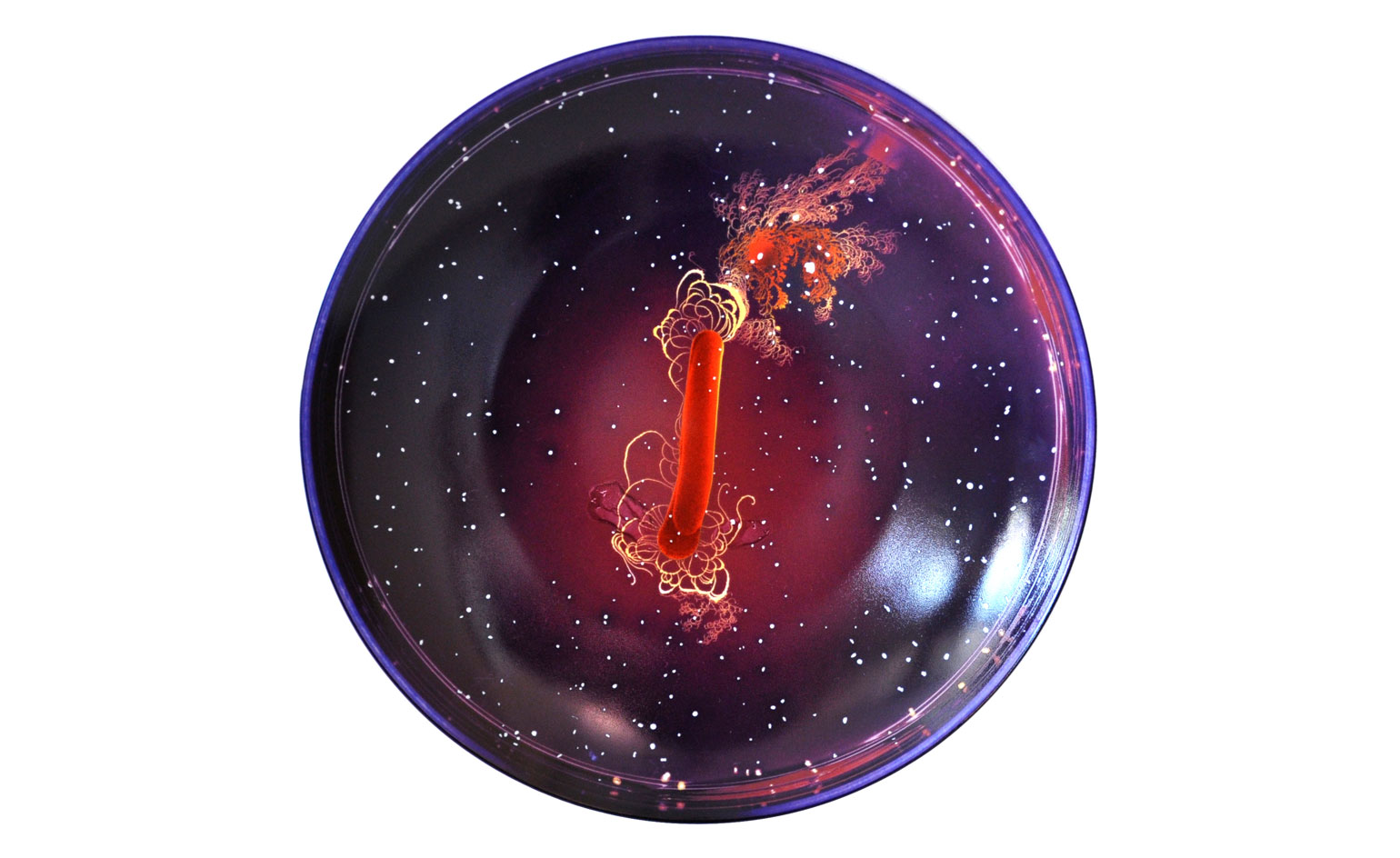
'The specks remind me of stars in the galaxy,' says Tal Danino, admiring a dinner plate dotted with what appear to be celestial bodies. 'This really interesting pattern in the centre, that's Salmonella!' Danino is a biological engineer who has collaborated with Brazilian artist Vik Muniz and luxury porcelain brand Bernardaud to take a group of photogenic bacterial species from agar to porcelain.
The project began at the Massachusetts Institute of Technology, where Danino is a postdoctoral fellow researching ways to program bacteria for different uses, such as detecting and treating cancer. 'At MIT they have amazing toys to play with our ideas of how we perceive the world,' says Muniz, who completed a residency at the university in 2013.
Muniz proposed the concept of 'drawing with little bugs' to Danino and soon the two were creating intricate patterns out of liver cells and cervical cancer cells. 'They look like your grandmother's wallpaper, and then you look closer and you see every nucleus of every cell,' says Muniz, who has previously worked with materials ranging from chocolate and diamonds to rubbish and clouds.
Working with petri dishes, also known as bacterial plates, got Muniz thinking about the real thing. 'Vic said let's make some real plates out of bacteria,' explains Danino. Salmonella was always part of the plan ('perfect for chicken,' notes Muniz), but the stars of the Bernardaud 'petri' collection also include other species, 'mostly bacillus,' adds Danino.
The colourful images that fill the seven porcelain plates began as ten-centimeter-wide petri dishes, each filled with translucent, nutrient-infused agar and dotted with a drop of bacteria in the centre. 'They grow outward, protruding themselves, pushing back their neighbours, eating up the food, and forming these very intricate patterns,' Danino illustrates.
'Sometimes we look at abstraction and all we see are beautiful patterns and colours, but these are abstractions that tell a story,' says Muniz. 'Imagine having a dinner party. Your guests finish their food and admire the image on the plate, and then you tell them it's Salmonella!'
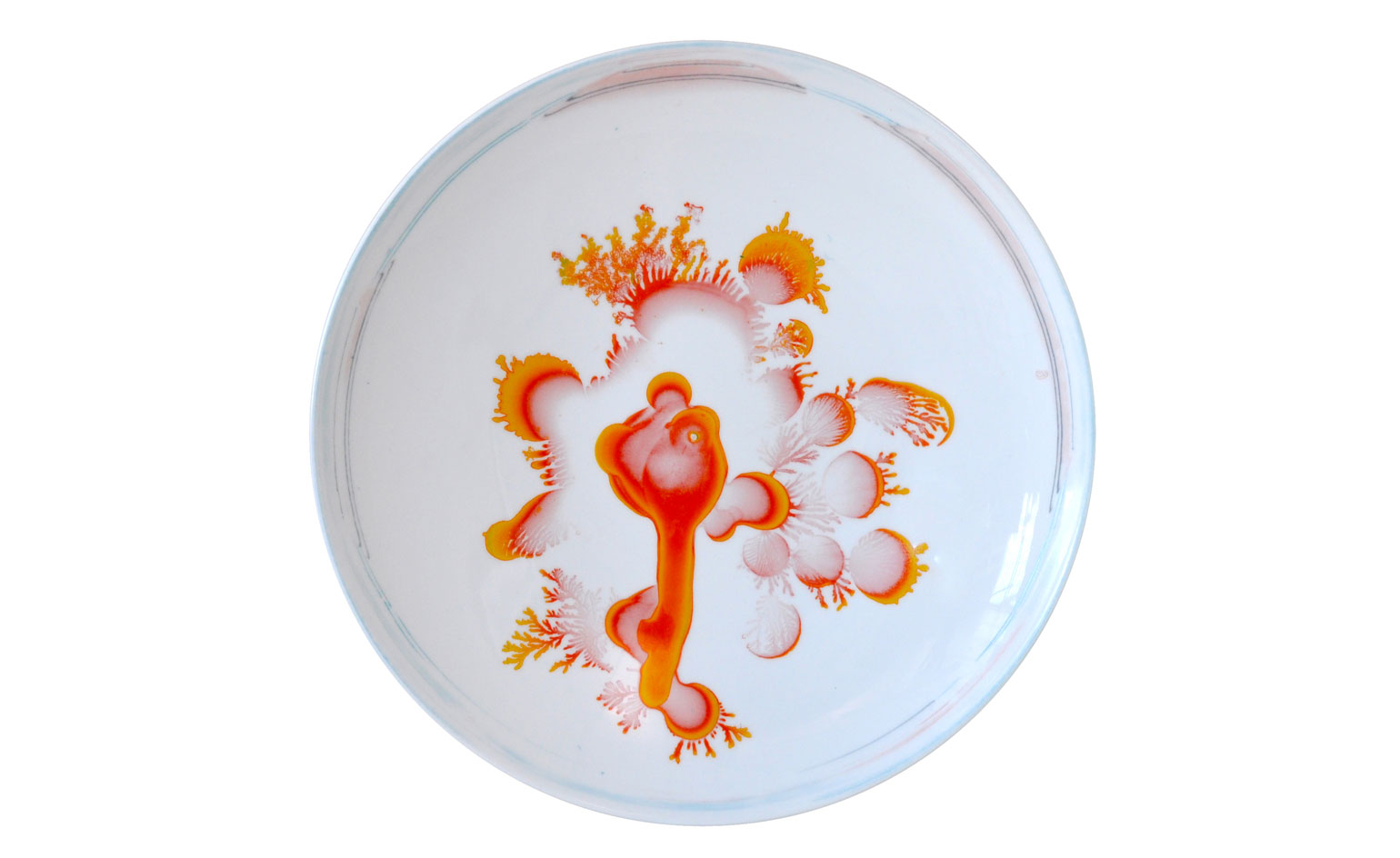
Muniz and Danino started by producing intricate patterns out of liver cells and cervical cancer cells on petri dishes at MIT. Pictured here: 'Chiral Jam'
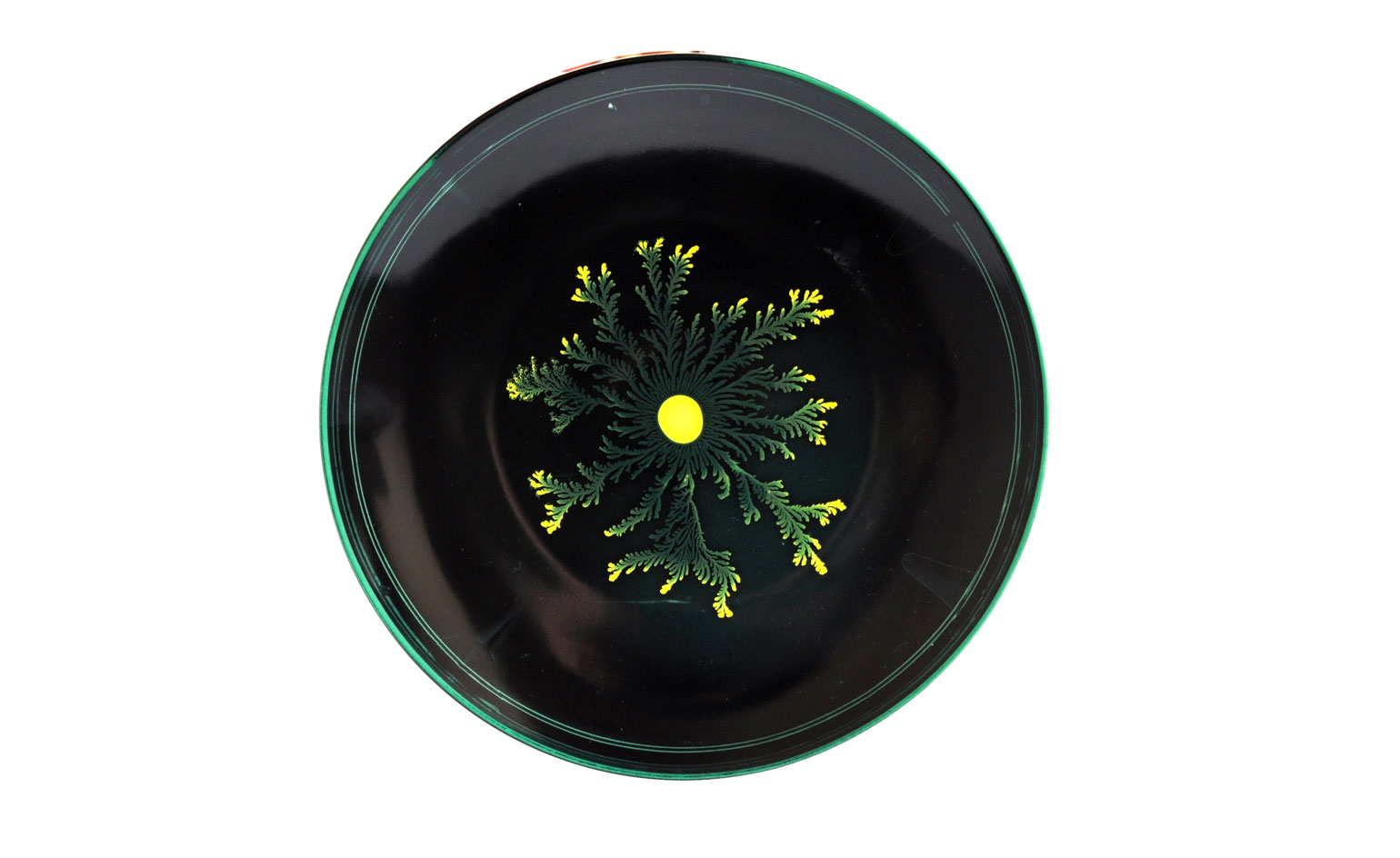
The natural designs of the bacteria inspired them to create real plates with the photographed bacteria. Pictured here: 'Tepid Tip-Splitters'
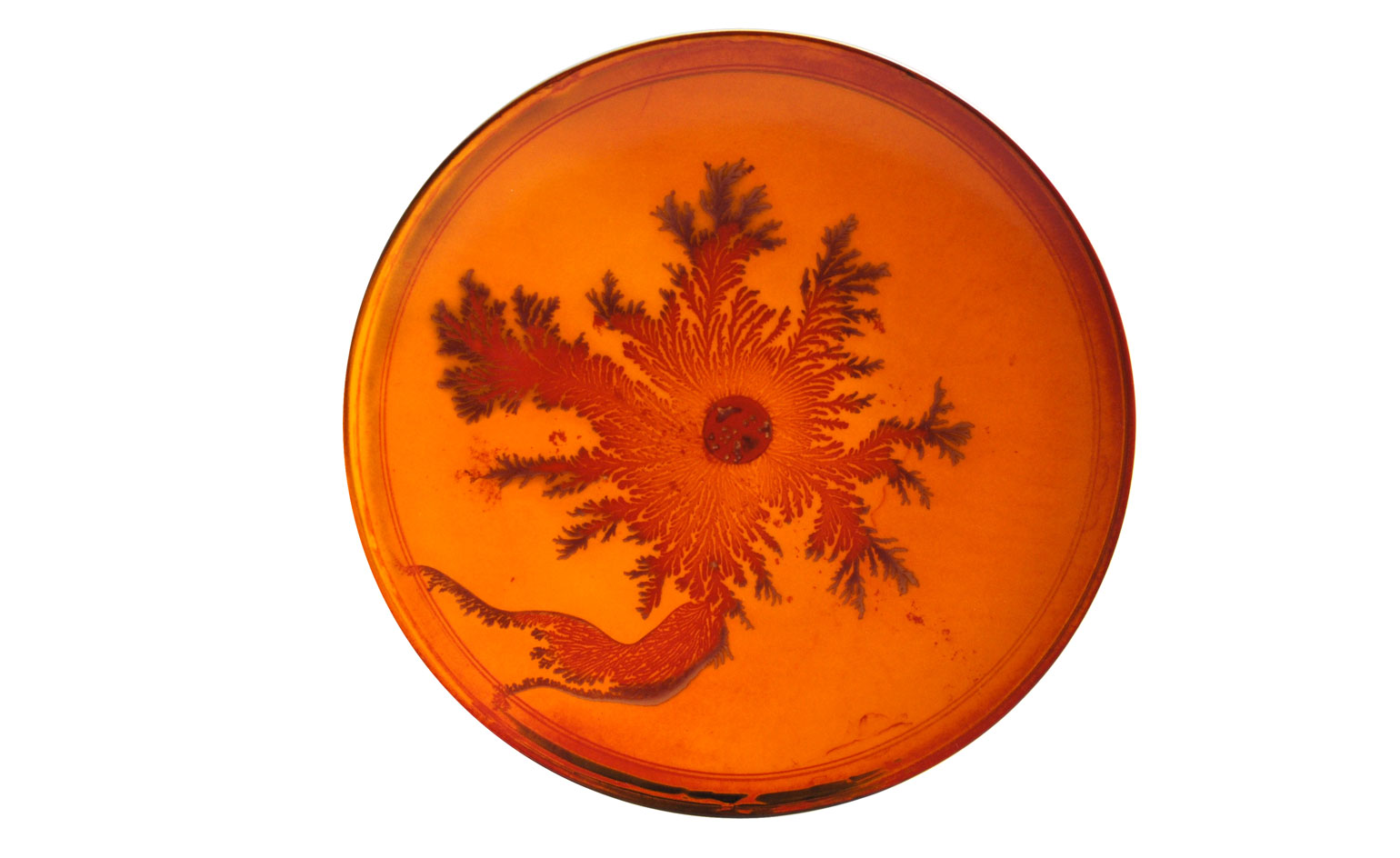
The porcelain plates show the bacteria's growth quality, spreading and forming accidental artful patterns. Pictured here: 'Tip-Splitting Morphotype'
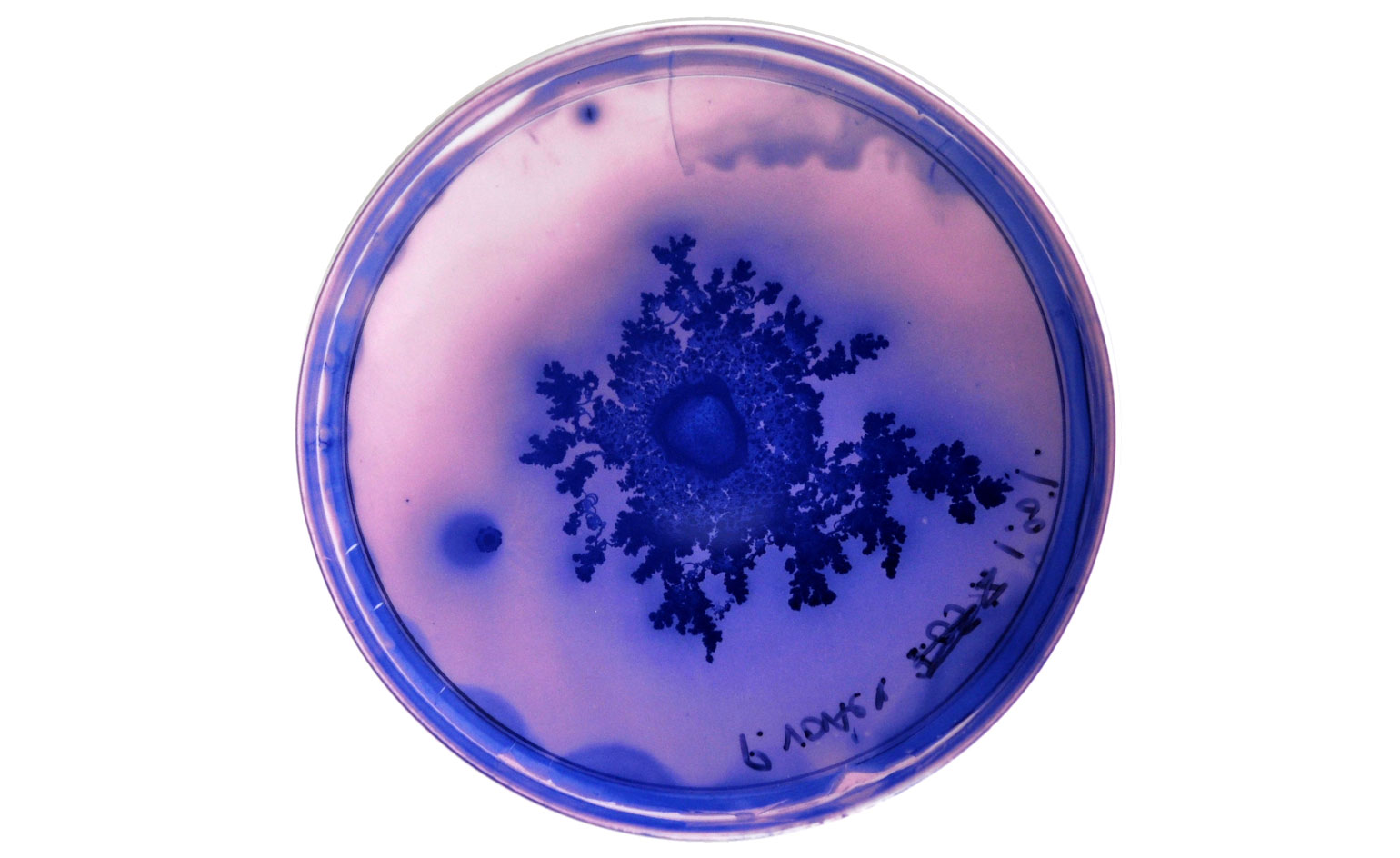
Seven plates were manufactured boasting strong beautiful colours. Pictured here: 'Bacteria Chirality'
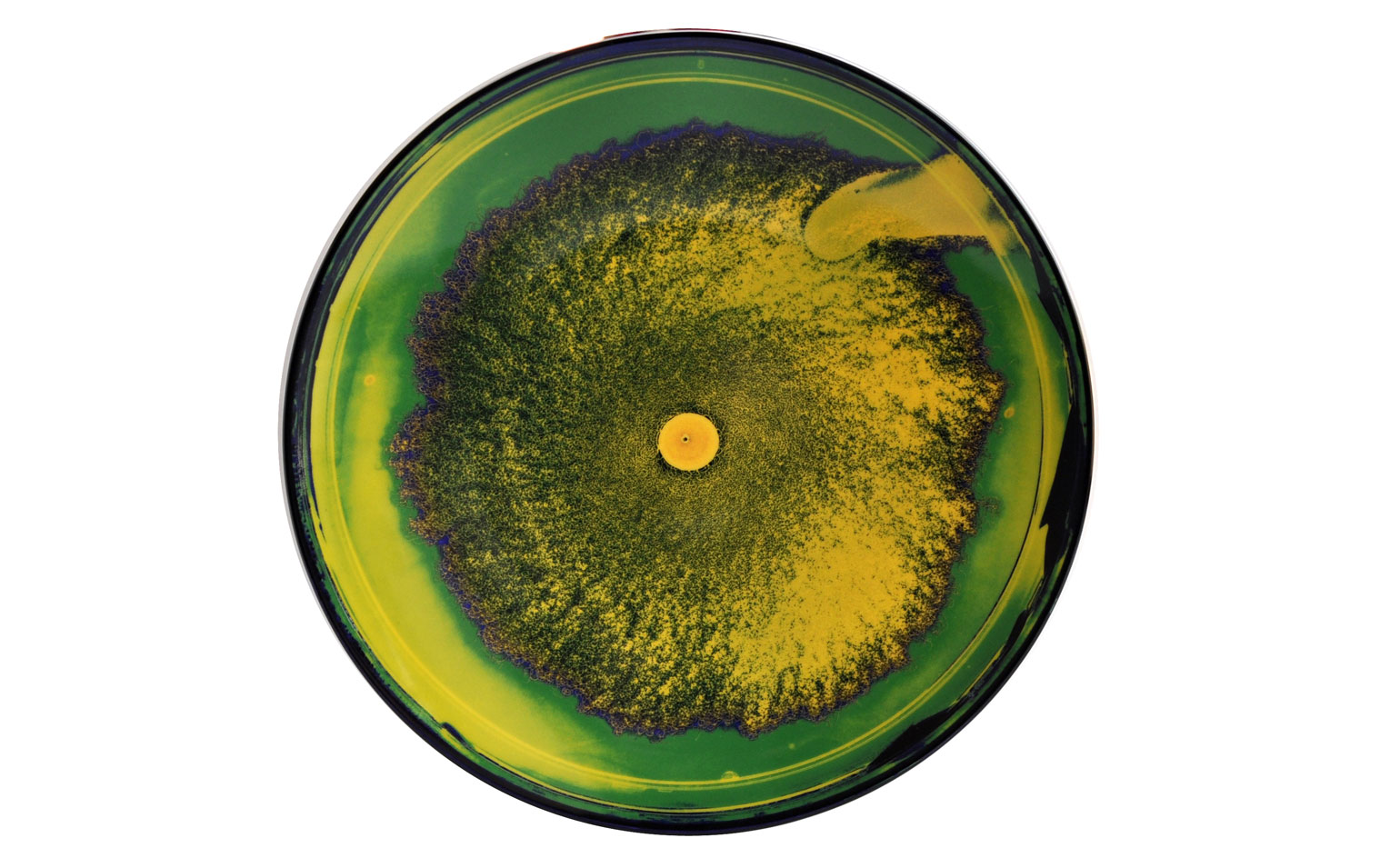
'Sometimes we look at abstraction and all we see are beautiful patterns and colors, but these are abstractions that tell a story,' says Muniz. Pictured here: Chiral Colony
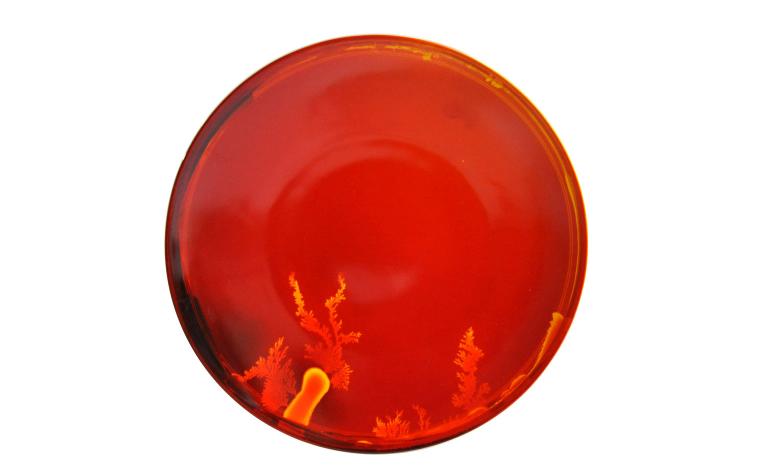
The full collection is on show during showing during Frieze New York. Pictured here: Soft Splitting Bacteria
ADDRESS
Bernardaud Boutique
499 Park Avenue
New York
10022
Receive our daily digest of inspiration, escapism and design stories from around the world direct to your inbox.
Stephanie Murg is a writer and editor based in New York who has contributed to Wallpaper* since 2011. She is the co-author of Pradasphere (Abrams Books), and her writing about art, architecture, and other forms of material culture has also appeared in publications such as Flash Art, ARTnews, Vogue Italia, Smithsonian, Metropolis, and The Architect’s Newspaper. A graduate of Harvard, Stephanie has lectured on the history of art and design at institutions including New York’s School of Visual Arts and the Institute of Contemporary Art in Boston.
-
 Year in review: the shape of mobility to come in our list of the top 10 concept cars of 2025
Year in review: the shape of mobility to come in our list of the top 10 concept cars of 2025Concept cars remain hugely popular ways to stoke interest in innovation and future forms. Here are our ten best conceptual visions from 2025
-
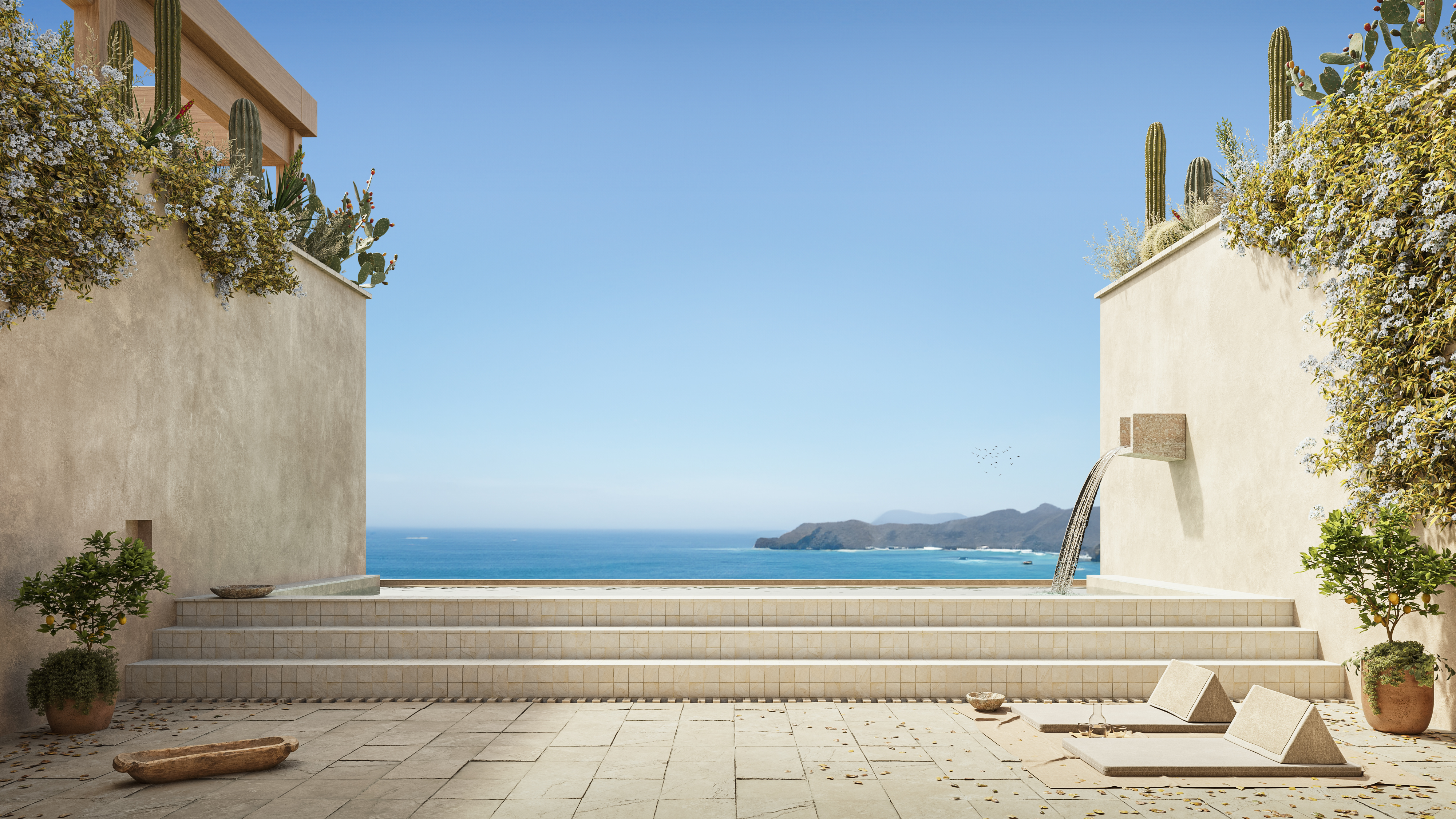 These Guadalajara architects mix modernism with traditional local materials and craft
These Guadalajara architects mix modernism with traditional local materials and craftGuadalajara architects Laura Barba and Luis Aurelio of Barbapiña Arquitectos design drawing on the past to imagine the future
-
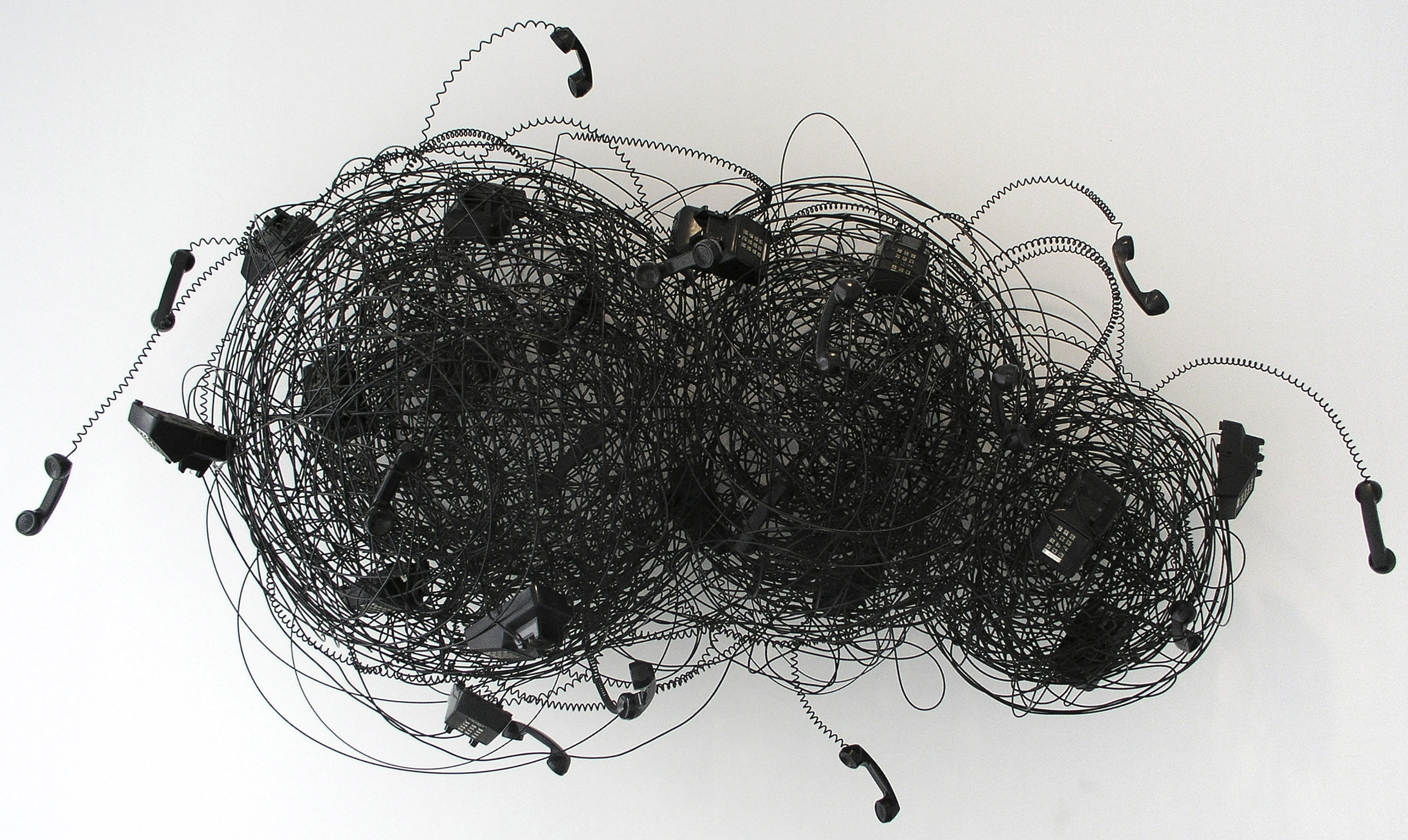 Robert Therrien's largest-ever museum show in Los Angeles is enduringly appealing
Robert Therrien's largest-ever museum show in Los Angeles is enduringly appealing'This is a Story' at The Broad unites 120 of Robert Therrien's sculptures, paintings and works on paper